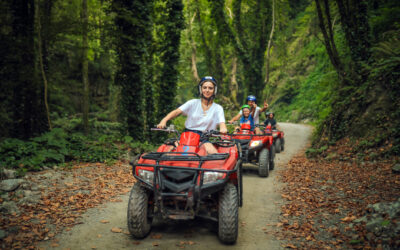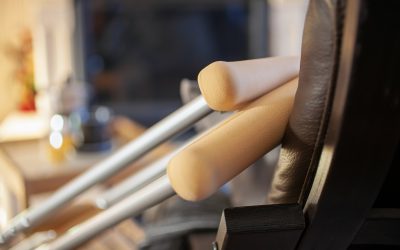One of the biggest areas for recent innovation in automobile design is advanced safety features. Features like lane and obstacle sensing radar, collision warning, and heads up displays are increasingly becoming standard equipment on new cars. The technology that comes standard in a fully loaded vehicle in this day and age was the stuff of science fiction just 30 or 40 years ago.
However, do all of these bells and whistles actually have an impact on the road? Do they make us safer, or do they just add extra shine to our new toy?
How safe is safe
There are differing schools of thought on the effectiveness of much of the advanced safety technology in cars. Some argue that while cars are safer than ever, drivers are getting worse. Some say that the standard operation of features like heads up displays, or blind-spot alerts are simply another distraction preying on the attention of already distracted drivers. In reality, the technology is so new that it is difficult to get an accurate sense of just how many accidents they prevent, if any, because the sample size is too small.
It is for that reason auto insurers offer few discounts on policies for driving a car with features like these. And the impact on a driver’s wallet might go beyond potentially lower premiums. Safety advocates argue that despite the fact that most auto insurance policies don’t take advanced safety features into account, drivers will save money on the cost of repairing a car when an accident cannot be avoided because the accident might have been worse without those features. But with complex hi-tech smart technologies come higher maintenance and repair costs should one of these systems break down.
Human error
And then there is the ghost in the machine. The technology could be perfect, and work exactly as it was designed to do, but a human almost never does and as of now there is one behind the wheel of (almost) every car on the road.
The human brain is a magnificent organ, but it is part of a living thing. It takes sensory data collected by cells in our eyes and ears and fingers and translates them into electrochemical impulses. These impulses take time to travel across our nervous system arrive at the brain have the brain process the data and come to an understanding of what it is seeing, hearing, and feeling. Not only that it takes a different amount of time depending on which sense is sending the data: 0.25 seconds for visual stimuli, 0.17, seconds for audio stimuli, and 0.15 seconds for touch stimuli.
Because of the variations in the speed of sensory processing and the inefficient imperfect biological process the brain undertakes to understand what its being fed, no human being has 100% accurate real-time experience of the world. Humans experience a highly accurate, slightly delayed approximation of the world according to only the sensory information to which our bodies are sensitive.
Dual approaches
When it comes to new advanced safety features, psychologically most humans fall into two basic categories. One, they are either so fascinated by the technology that they take greater and greater risks to test their limits; or two, they distrust it so entirely they ignore them.
Despite any innovations in safety technology, as a species our driving habits have devolved. Studies show drivers are taking greater risks, driving more aggressively, and engaging in more distracting activities while behind the wheel. The rate of serious incidents stemming from road rage also is exploding, climbing higher and faster now than they have since cars first appeared on the roads.
Potential insurance policy discounts depend on the type of coverage being purchased. Drivers should review their auto insurance policies at least once a year to see what new safety discounts have become available—your professional insurance agent can help.

Scott Finnegan
Scott Finnegan studied Classical Literature at Sarah Lawrence College and English Literature at UMass Boston. He worked as a news producer writing and producing local newscasts.






